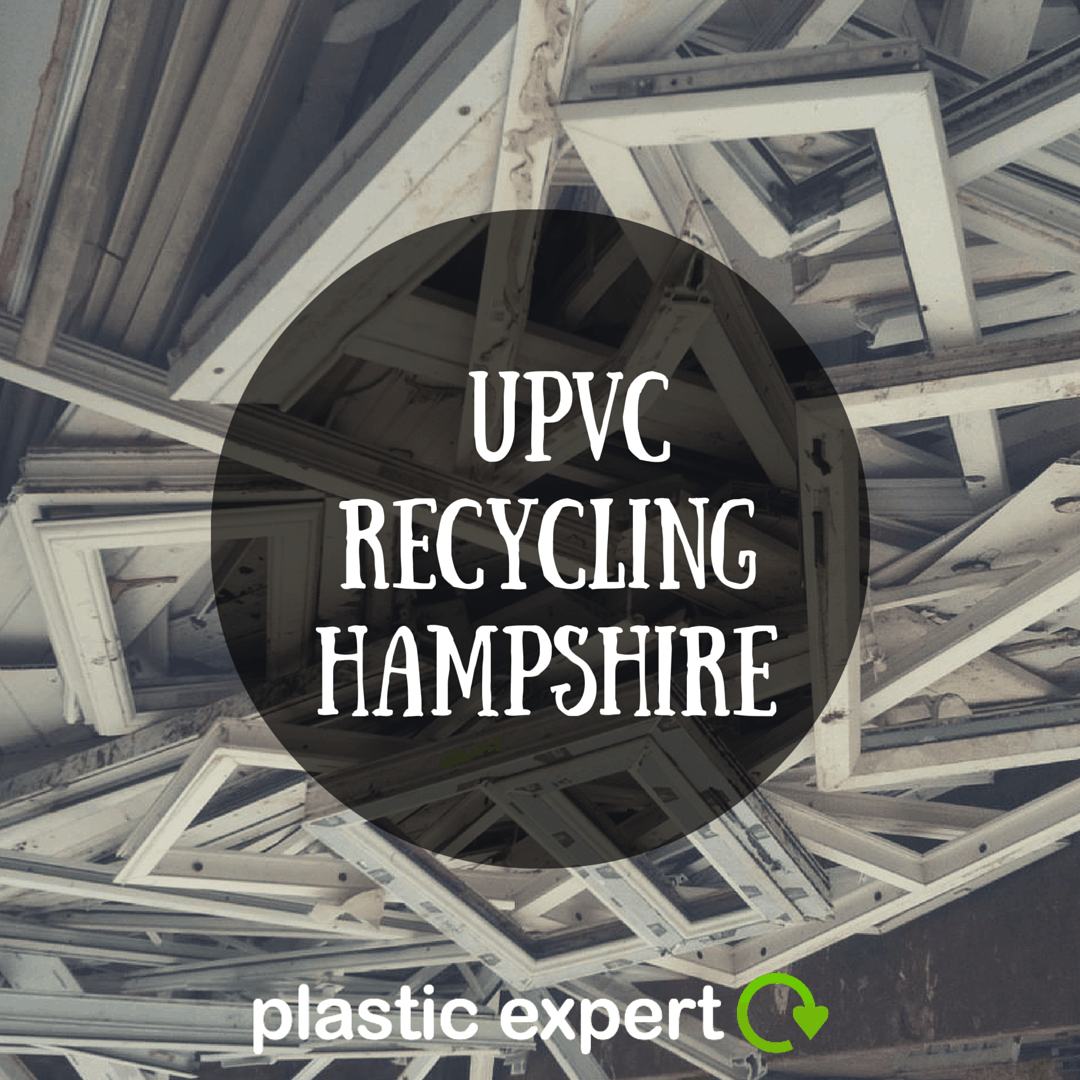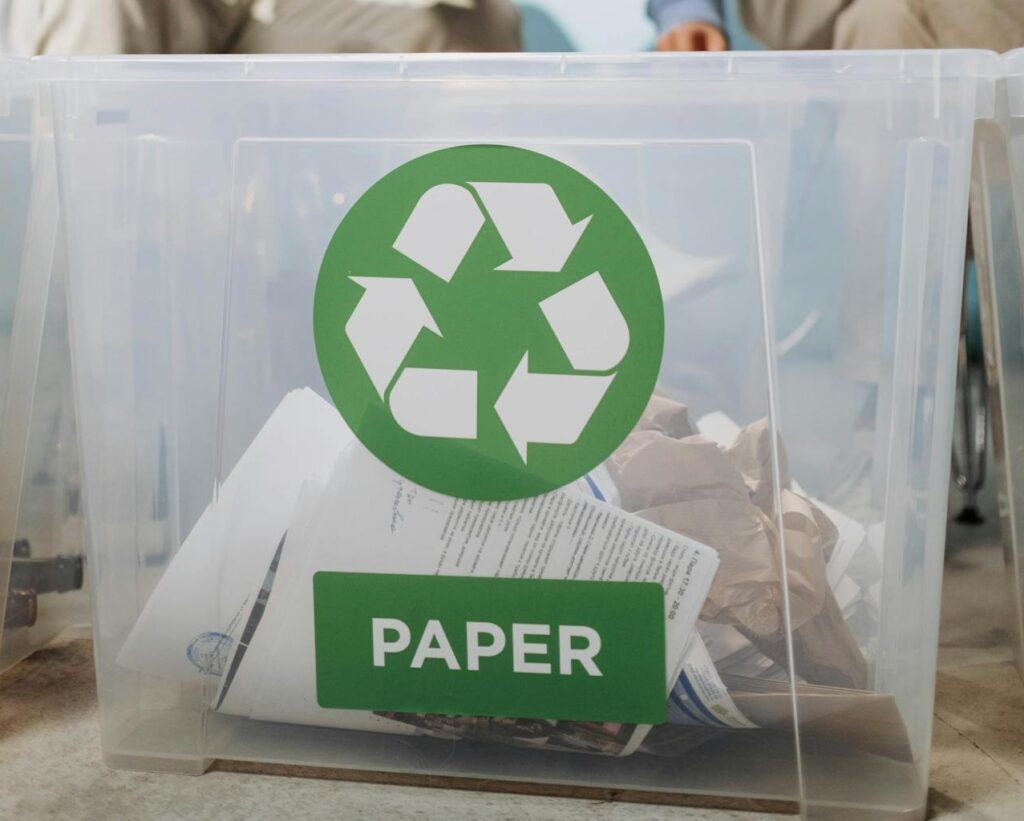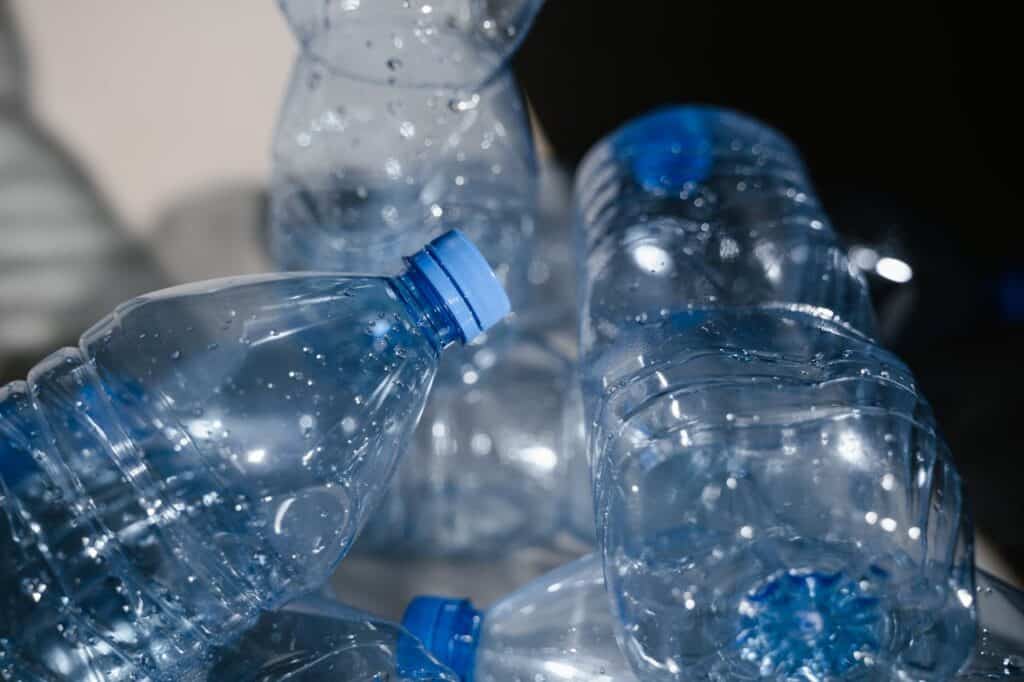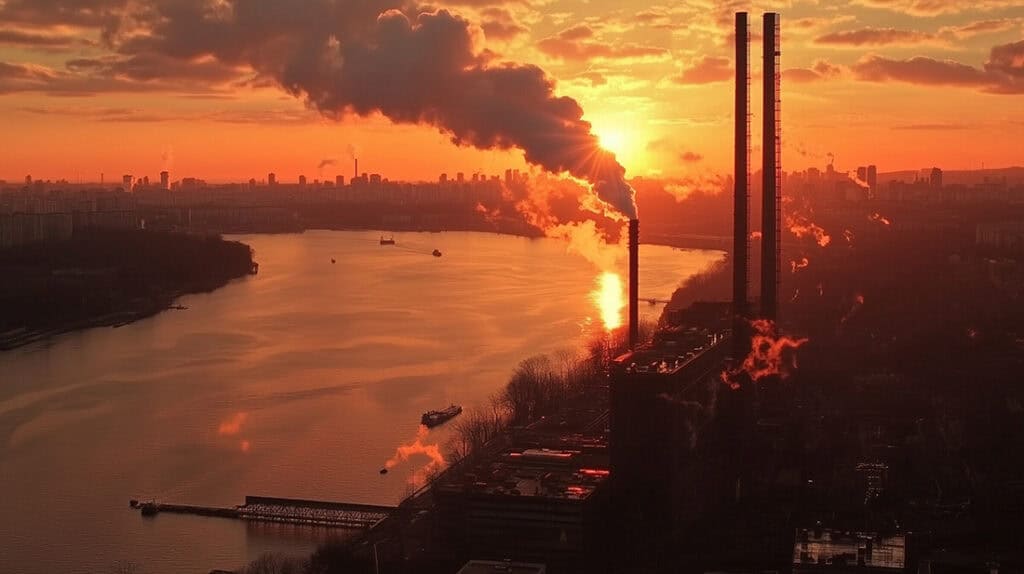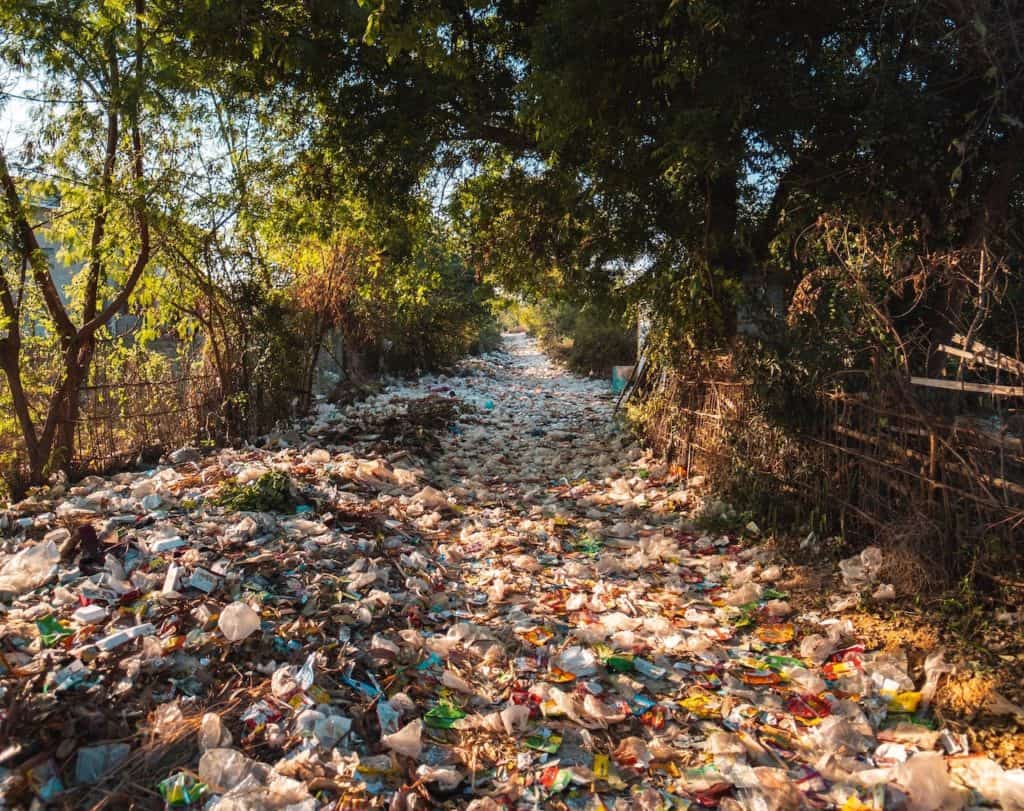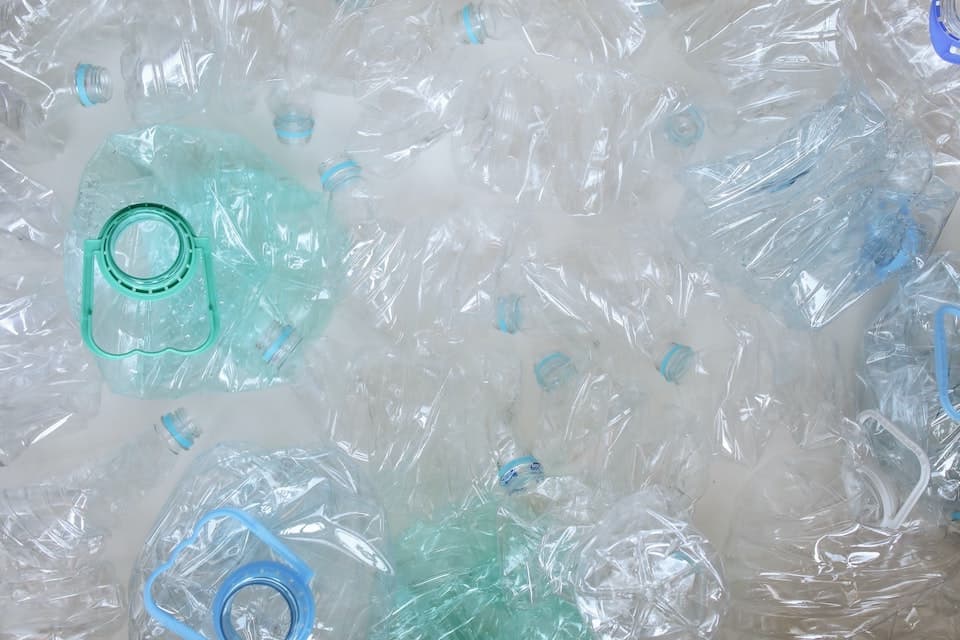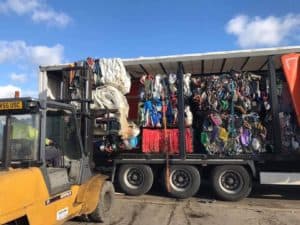Here at Plastic Expert, we recently opened our first ‘brick and mortar’ operation in Gosport, Hampshire, and we’ve been both surprised and pleased by the amount of uPVC we are receiving.
In this article, we are going to tell you a whole heap of interesting things about uPVC recycling, and even reveal the recycling process that the material must go through.
Firstly…
What is uPVC?
Unplasticized PolyVinyl Chloride is better known as uPVC, and is a type of solid plastic commonly used for window and door frames, plastic piping and drainage systems.
If you haven’t heard of uPVC before, you may instead recognize its sister plastic, PVC, which is similar in many ways, but nowhere near as friendly. PVC contains BPA (Bisphenol A), a really nasty poison which was discovered to be found in plastic and can make it incredibly difficult to find many uses for the plastic or to recycle it. Often, many recyclers won’t even touch the stuff.
PVC is generally black, whereas uPVC is generally white or grey. The reason white plastic is infinitely more popular is because it can be dyed and adapted into another colour; however once black plastic is black, it will stay black. In many parts of the world, PVC is used to describe both the white and black plastic, but this is a misconception.
uPVC can last for many decades without breaking; some believe it can perform its intended purpose for anywhere from 35-70 years. Because of its polymer structure, uPVC recycling is quite easy, which is great for the plastic recycling industry and the environment, and it’s great for us here at Plastic Expert! Finding alternatives to landfill is really important, so discovering new routes and equipment for recycling uPVC will improve the environmental policy of any material handlers. For businesses who don’t wish to invest in uPVC recycling machinery, Plastic Expert offers a FREE drop-in service at our Gosport site in Hampshire.
uPVC recycling might not provide any great returns or rebates, because it is such a cheap plastic to produce, so some businesses may fail to see the economic benefit of recycling it. However, with landfill escalating, every window or door frame spared the fate of the landfill will reduce waste costs! uPVC can be recycled ten times before it loses its composure and it is a much more energy efficient alternative to materials like wood and metal.
uPVC Recycling Process
The first phase of the recycling process is the disposal or collection of the uPVC waste. In Plastic Expert’s case, sometimes we collect bulk uPVC from waste management companies and other times local businesses bring the loose uPVC to us.
Once the material has arrived it’s then bulked up and moved on to the factory. The material has to be sorted, and generally goes through a mechanical separation process which extracts the glass and metal fittings from the uPVC. Because it’s also possible to recycle glass and metal, it’s important that we take great care during this step.
The machines then shred the uPVC into really small pieces, and it is at this stage that any really small pieces of metal are discovered, separated and sent on their own recycling journey. The shred is then granulated and placed into jumbo bags ready for sale to a British manufacturer.
When purchased, these granules will likely go on to make new window frames, doors and piping, being put through an intensive moulding process involving high pressures and temperatures.
Words from our Managing Director
Our Managing Director Russell is keen to help local businesses with their uPVC recycling efforts, he commented ‘We are solving a real problem for many waste management companies in Hampshire, as they don’t always have the resources and equipment to recycle certain types of plastic waste. Our facility can take in both baled and loose materials, thus removing the need for skip hire companies to store dozens of tonnes of baled product. Our aim is to make things simple, cost effective and efficient for our customers’.
‘The benefits of recycling clean, local material are doubtless, with the carbon footprint being massively reduced and a higher quality of plastic product being produced. By keeping the material within the UK, we can support our domestic partners and communities, whilst also engaging in the pursuit of a ‘circular economy’.

